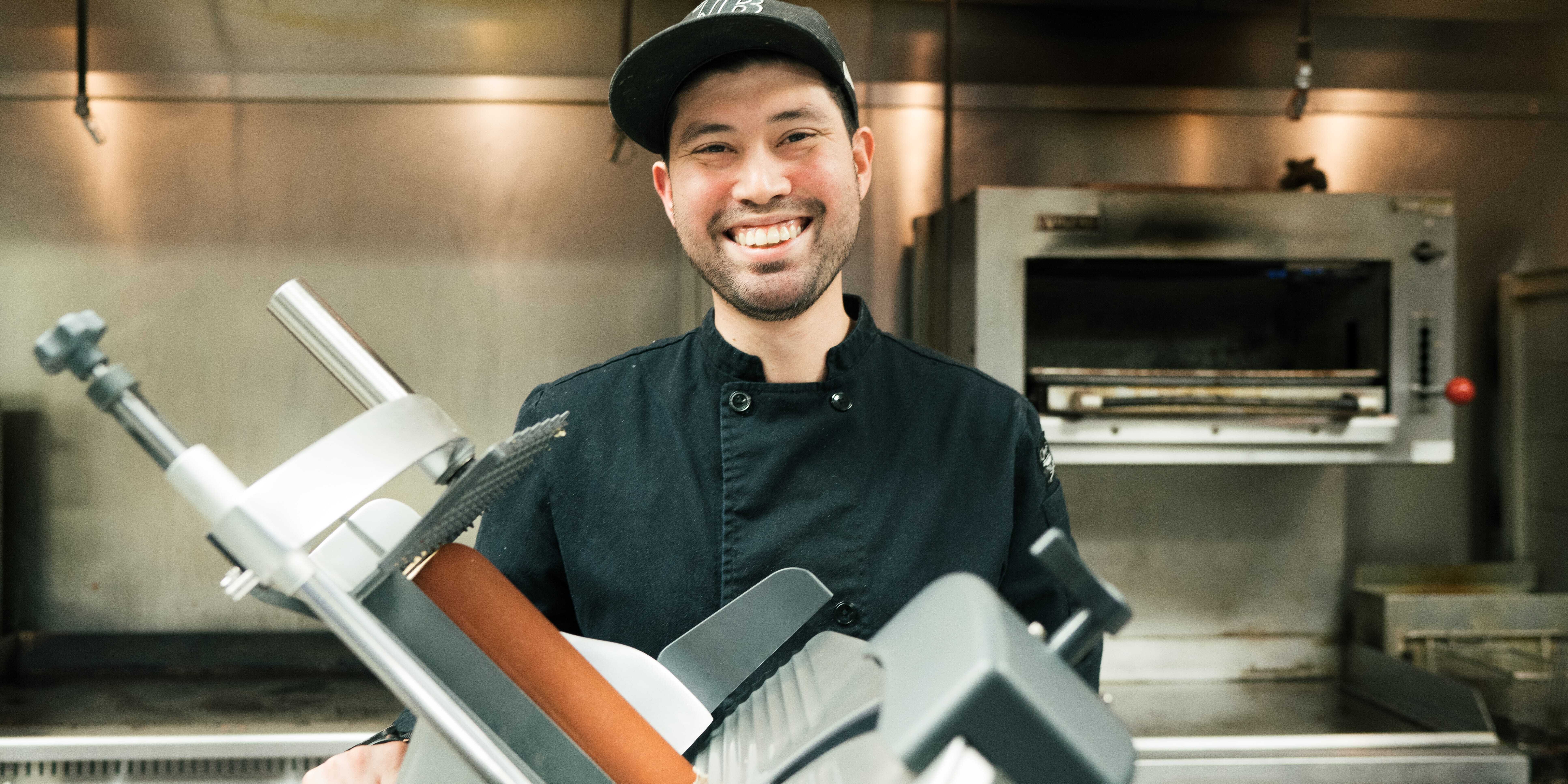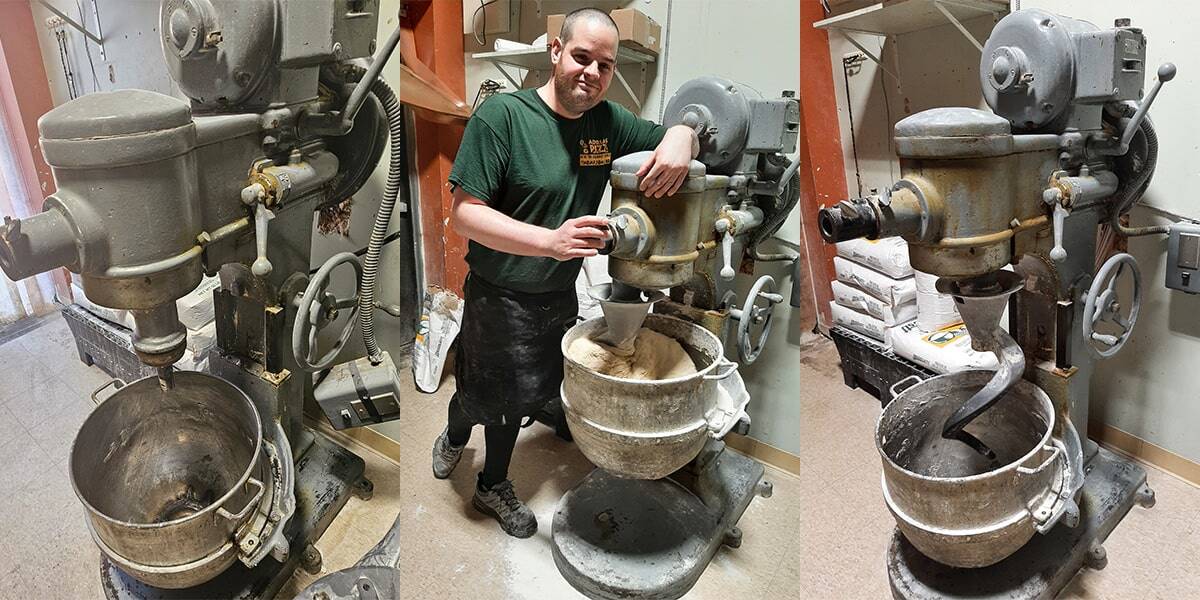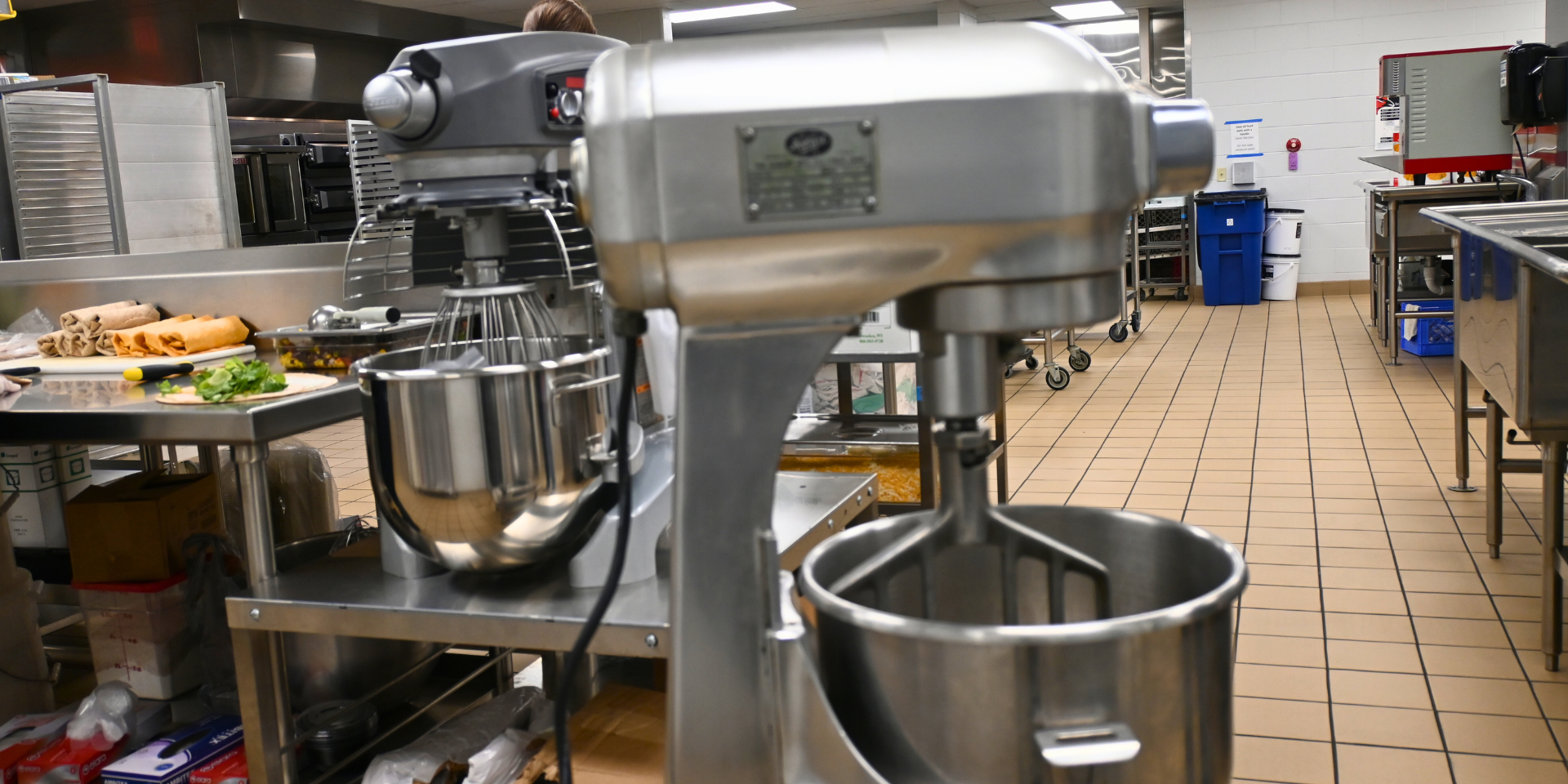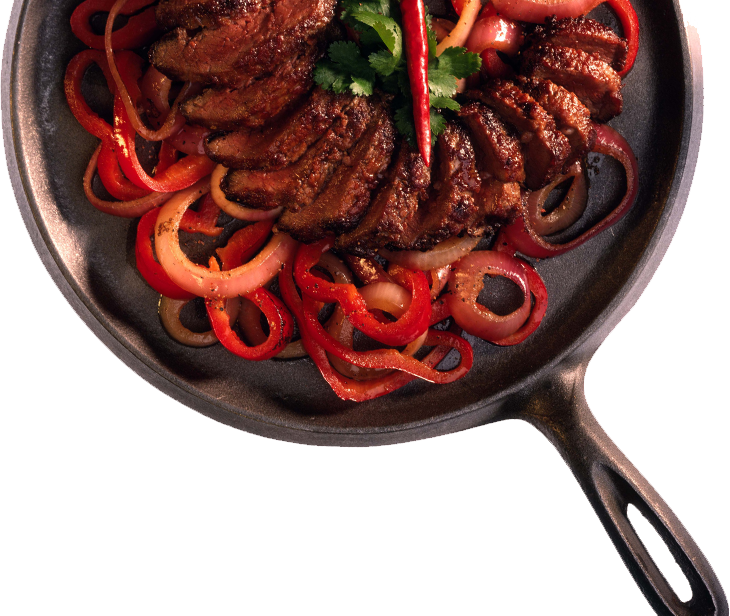Depending on the specific business needs in your bakery, investing in more than one mixer can help maximize productivity, efficiency and quality.
With multiple types and sizes of mixers, you can get more done faster while also ensuring that the right mixer is available for different batches and recipes — resulting in the high-quality finished product you want.
Why is the right mixer so important?
Different dough and ingredients mix differently. Dough for artisan bread has much different mixing requirements than frosting for cupcakes, and certain ingredients are better suited to certain mixer styles.
In addition, different batch sizes often require different mixer sizes. Making a small batch in a mixer that is too large prevents the ingredients from mixing properly, which impacts the quality of the finished product. When the batch calls for a larger volume of ingredients, using a too-small mixer may require splitting the work into multiple batches, which increases labor time and decreases productivity. Also, an overloaded mixer tends to slow down and therefore, rotation is not the optimal speed for the recipe, which impacts the product.
Using the wrong mixer can also contribute to shortened equipment life. Overloading a mixer might cause an oil leak, broken gears, motor damage or result in broken shafts or broken attachments such as dough hooks.
Having the right size and type of mixer for the job helps maximize productivity and quality, and investing in multiple mixers of varying types and sizes can provide greater versatility for the bakery.
Choosing the Right Mixer
To select the right mixer for your bakery, consider both the mixer size and type. In this article, mixer size refers to bowl volume. Proper mixer sizing also requires consideration of batch and recipe requirements and using an absorption rate calculation.
Mixer bowls are available in a wide range of sizes, from 5 quarts to 140 quarts and larger. A cupcake shop may want a 60-quart model for mixing batter and a 20-quart model for smaller batches of frostings and toppings.
The two main styles of mixers used in commercial bakeries are spiral mixers or planetary mixers. Choosing the right type for your needs depends upon what your bakery produces.
A bakery that makes a lot of breads will likely want a spiral mixer because they are designed for dough. Artisan breads require much airier dough and are well-suited for spiral mixers, which are gentler in incorporating flour, water and yeast. Choosing a spiral mixer with a reversible bowl provides greater versatility because it allows you to mix smaller batches — typically 10 to 12 percent of the bowl capacity.
Planetary mixers, including countertop mixers, offer versatility for bakeries that make a wide variety of things. This mixer style is a good choice for smaller batches of dough in addition to frostings, fillings, icings and fondants. Planetary mixers for the countertop also offer space savings, since they are smaller and take up no floor space. Look for a manufacturer that offers a hub attachment for grating and shredding items such as cheese or chocolate that will fit various mixer sizes — for added versatility.
Cost may be another consideration in making the choice. Spiral mixers typically cost 10 to 15 percent more than planetary mixers. The two mixer styles are also sized differently; planetary mixers are sized by quart, while spiral mixers are sized by pound.
Large horizontal mixers are another option to consider as your business grows and changes. Horizontal mixers have been a popular choice for many years in industrial applications and larger operations such as intermediate to large wholesale bakeries. These machines originally gained popularity in white bread plants, and their use grew in ethnic bakeries along with demand for pizza, middle eastern breads, bagels and a variety of European-style bread products. The design consists of a large cylindrical barrel that can house several different types of mixing arms depending on the product. These mixers are known for their massive strength, as they are capable of churning thousands of pounds of dough at a time. Once the mixing cycle is complete, the dough can be easily discharged into a dough trough for transportation, but keep in mind that the amount of heat generated by the dough rubbing against the wall of the mixing chamber can damage some dough.
Making the Investment
Investing in more than one mixer might be a challenge for smaller bakeries or those just starting out. It’s important to consider your business needs and objectives to determine if multiple mixers will sufficiently improve productivity and quality — and impact the bottom line.
While every operation is different, there are several important factors to consider if you’re thinking about multiple mixers. These include production volume of your current or expected business, labor base, productivity data, customer demands, selling price point and future growth plans. If you need to produce four batches each shift, how long do four batches realistically take?
Keep in mind that many equipment manufacturers and dealers offer financing options, which maximizes the ability to invest in the equipment that best suits your business needs.
Even if multiple mixers aren’t the right fit for your kitchen, investing in additional bowls and mixer attachments adds versatility that can help significantly improve productivity and efficiency. It’s recommended to have at least one additional bowl, dough hook, flat beater and wire whip. These accessories reduce the need to constantly wash bowls and attachments when switching between batches — saving significant time.
Proper Maintenance is Key
A mixer is a major investment in a commercial kitchen — and a critical part of keeping the operation running — so proper maintenance and cleaning are key to ensuring mixers work as they should. Some service companies offer preventive maintenance plans for commercial mixers, which is a good idea for any bakery. Additional steps you can take to keep your mixer running smoothly include frequent mixer cleaning and greasing the glide ways for raising and lowering the bowl.
Always keep proper equipment care in mind, as it also adds to improved productivity and quality.
About the Author
.jpg?width=67&height=67&name=Bilger%20Carolyn%201%201x1-2_%20(002).jpg) Carolyn Bilger is the marketing director for Hobart – Food Preparation Products. She has been with Hobart since 2015 and sets the strategy for marketing and new product development for the full line of Hobart food preparation equipment. See all her blogs here.
Carolyn Bilger is the marketing director for Hobart – Food Preparation Products. She has been with Hobart since 2015 and sets the strategy for marketing and new product development for the full line of Hobart food preparation equipment. See all her blogs here.


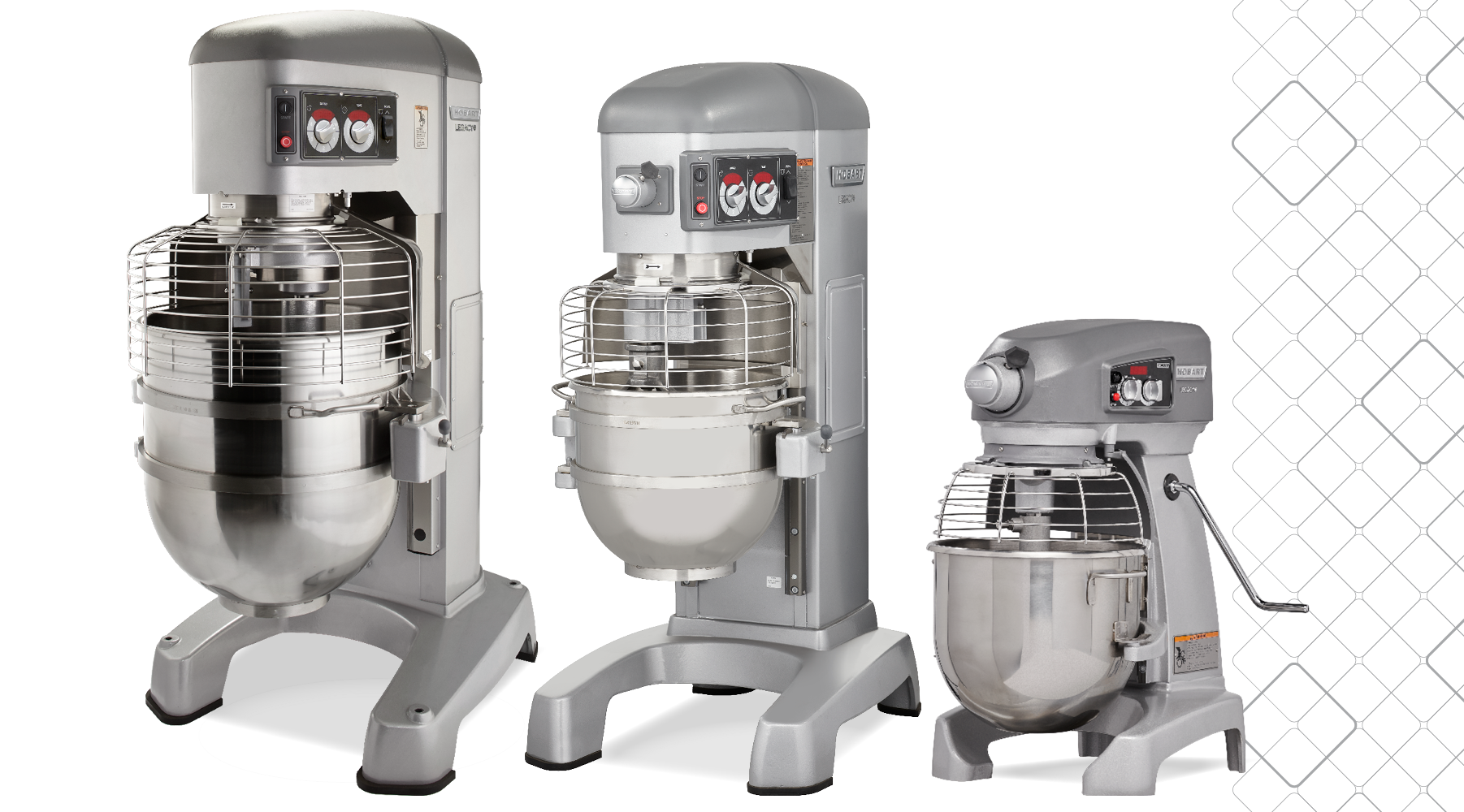

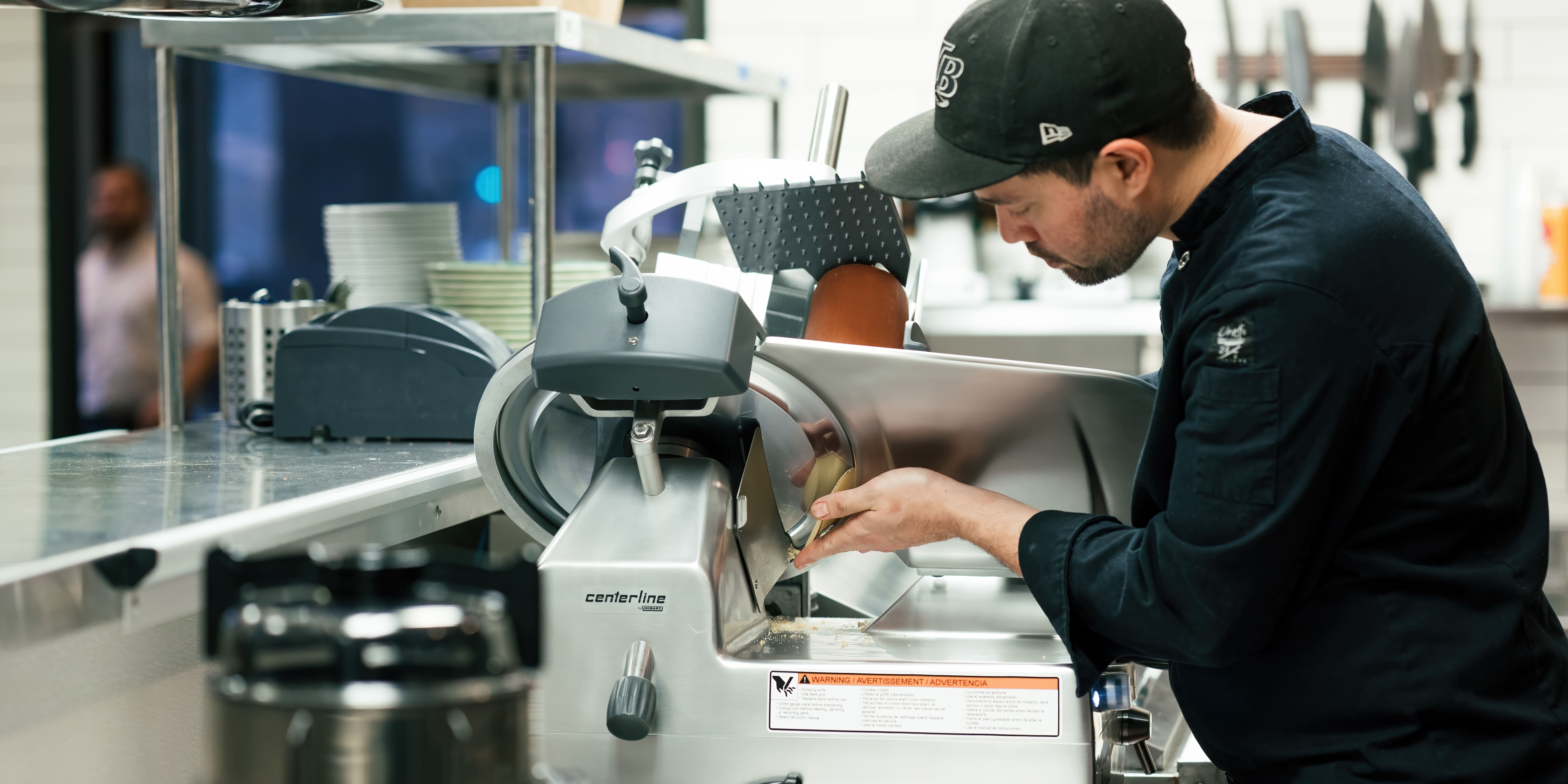
-min.jpg)
